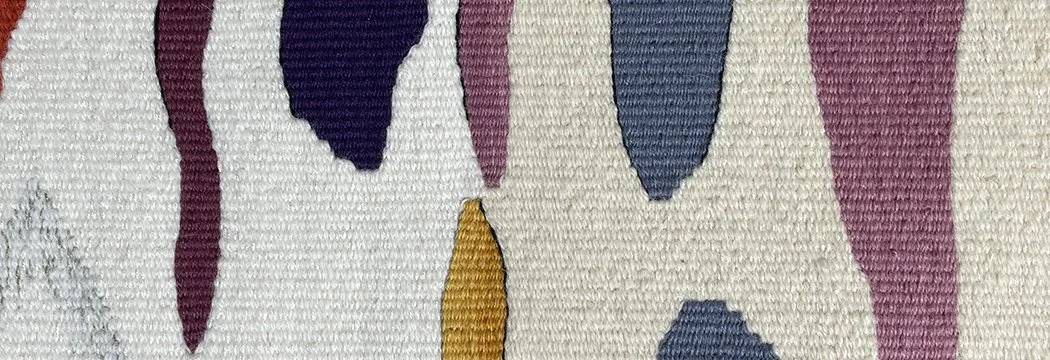Fyber Monday! My once-a-year sale
The Monday after Thanksgiving weekend in the USA has long been deemed “Cyber Monday.” It is a day for businesses to sell digital products. Though I care not for holiday hype, I do want to offer at least one opportunity during the holidays for people to purchase my online courses at a discount. I’ve dubbed this day Fyber Monday and all my courses are on sale.
November 29, 2021
All courses are 15% off (and yes, you can purchase more than one with the discount) with the code ExploreFyber21
For an additional bonus, Fringeless: Four-selvedge warping with Sarah C. Swett (and produced by yours truly) is 25% off with the discount code Selvedge21




